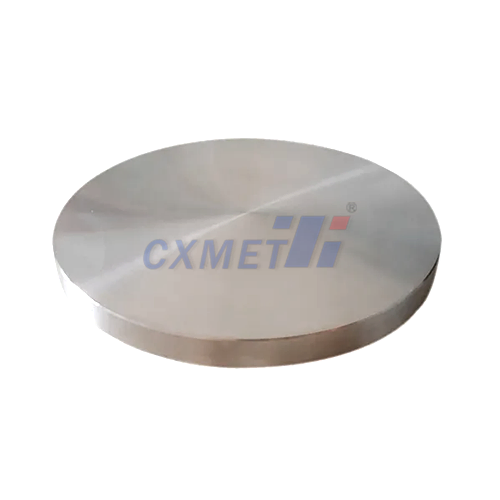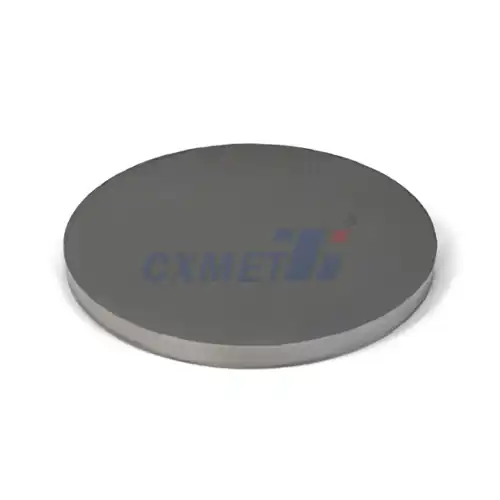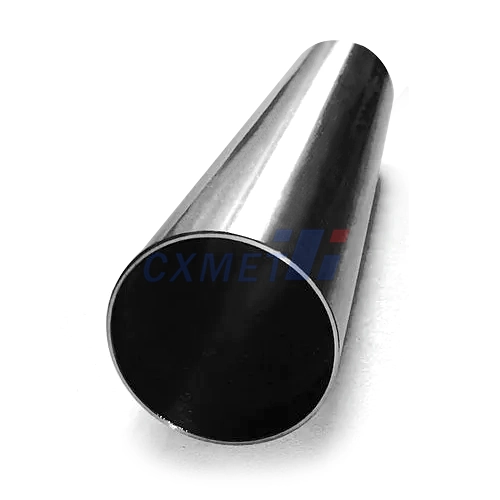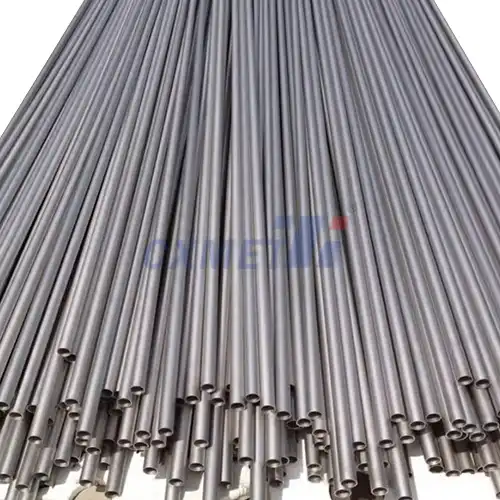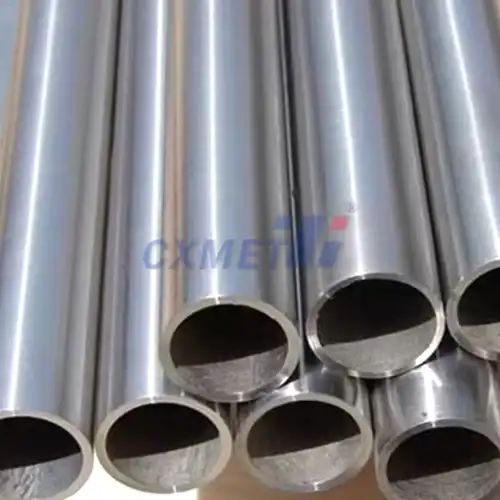- English
- French
- German
- Portuguese
- Spanish
- Russian
- Japanese
- Korean
- Arabic
- Greek
- German
- Turkish
- Italian
- Danish
- Romanian
- Indonesian
- Czech
- Afrikaans
- Swedish
- Polish
- Basque
- Catalan
- Esperanto
- Hindi
- Lao
- Albanian
- Amharic
- Armenian
- Azerbaijani
- Belarusian
- Bengali
- Bosnian
- Bulgarian
- Cebuano
- Chichewa
- Corsican
- Croatian
- Dutch
- Estonian
- Filipino
- Finnish
- Frisian
- Galician
- Georgian
- Gujarati
- Haitian
- Hausa
- Hawaiian
- Hebrew
- Hmong
- Hungarian
- Icelandic
- Igbo
- Javanese
- Kannada
- Kazakh
- Khmer
- Kurdish
- Kyrgyz
- Latin
- Latvian
- Lithuanian
- Luxembou..
- Macedonian
- Malagasy
- Malay
- Malayalam
- Maltese
- Maori
- Marathi
- Mongolian
- Burmese
- Nepali
- Norwegian
- Pashto
- Persian
- Punjabi
- Serbian
- Sesotho
- Sinhala
- Slovak
- Slovenian
- Somali
- Samoan
- Scots Gaelic
- Shona
- Sindhi
- Sundanese
- Swahili
- Tajik
- Tamil
- Telugu
- Thai
- Ukrainian
- Urdu
- Uzbek
- Vietnamese
- Welsh
- Xhosa
- Yiddish
- Yoruba
- Zulu
Titanium Grade 23: Properties, Applications, and Advantages
2024-10-09 18:06:29
Titanium Grade 23, also known as Ti-6Al-4V ELI (Extra Low Interstitial), is a high-performance titanium alloy that has gained significant attention in various industries due to its exceptional properties. This alloy is a variation of the widely used Ti-6Al-4V (Grade 5) with lower levels of oxygen, nitrogen, carbon, and iron. The reduced interstitial element content results in improved ductility and fracture toughness, making Grade 23 titanium an ideal choice for applications requiring high strength-to-weight ratio, excellent corrosion resistance, and biocompatibility.
What are the key differences between Titanium Grade 23 and Grade 5?
Titanium Grade 23 and Grade 5 are both titanium alloys with similar base compositions, but there are crucial differences that set them apart. The primary distinction lies in the content of interstitial elements, which significantly impacts their properties and performance.
Grade 5 (Ti-6Al-4V) is the most commonly used titanium alloy, known for its excellent strength-to-weight ratio and corrosion resistance. It contains 6% aluminum and 4% vanadium, with controlled amounts of oxygen, nitrogen, carbon, and iron. On the other hand, Grade 23 (Ti-6Al-4V ELI) is a higher purity variant of Grade 5, with stricter limits on interstitial elements.
The key differences between Grade 23 and Grade 5 include:
1. Interstitial element content: Grade 23 has lower levels of oxygen, nitrogen, carbon, and iron compared to Grade 5. This reduction in interstitial elements is the primary reason for its "Extra Low Interstitial" (ELI) designation.
2. Mechanical properties: Due to its lower interstitial content, Grade 23 exhibits improved ductility and fracture toughness compared to Grade 5. This enhanced ductility makes Grade 23 more suitable for applications requiring high fatigue strength and crack resistance.
3. Biocompatibility: While both grades are considered biocompatible, Grade 23's lower interstitial content makes it even more suitable for medical implants and devices, as it reduces the risk of adverse reactions in the human body.
4. Cryogenic performance: Grade 23 demonstrates superior performance at cryogenic temperatures compared to Grade 5, making it an excellent choice for aerospace and other low-temperature applications.
5. Cost: Grade 23 is generally more expensive than Grade 5 due to the tighter controls on composition and the additional processing required to achieve lower interstitial levels.
These differences make Grade 23 the preferred choice for critical applications in aerospace, medical, and high-performance industries where enhanced mechanical properties and biocompatibility are essential. However, Grade 5 remains widely used in less demanding applications due to its lower cost and broader availability.
How is Titanium Grade 23 sheet manufactured and processed?
The manufacturing and processing of Titanium Grade 23 sheet involve several complex steps to ensure the material meets the stringent requirements for its composition and properties. The process begins with the production of titanium sponge, which is then alloyed with aluminum and vanadium to create the Ti-6Al-4V ELI composition.
1. Raw material preparation:
- Titanium sponge is produced using the Kroll process, which involves reducing titanium tetrachloride with magnesium.
- High-purity aluminum and vanadium are sourced to meet the alloy composition requirements.
2. Melting and ingot formation:
- The raw materials are carefully weighed and combined in the correct proportions.
- The mixture is melted in a vacuum or inert atmosphere using techniques such as Vacuum Arc Remelting (VAR) or Electron Beam Melting (EBM) to ensure high purity and homogeneity.
- The molten alloy is cast into large ingots.
3. Primary processing:
- The ingots undergo initial hot working processes such as forging or rolling to break down the cast structure and improve material properties.
- This step helps to refine the grain structure and eliminate any potential defects from the casting process.
4. Secondary processing:
- The material is further processed through a series of hot rolling operations to reduce thickness and achieve the desired sheet dimensions.
- Intermediate annealing steps may be performed to relieve internal stresses and maintain workability.
5. Cold rolling and finishing:
- Cold rolling is employed to achieve the final thickness and surface finish of the sheet.
- Multiple passes with progressive thickness reduction are typically required.
- Intermediate annealing may be necessary to prevent work hardening and maintain formability.
The manufacturing process for Titanium Grade 23 sheet requires strict control of parameters such as temperature, pressure, and atmosphere to maintain the low interstitial element content that characterizes this alloy. Advanced processing techniques and stringent quality control measures ensure that the final product meets the high standards required for critical applications in aerospace, medical, and other demanding industries.
What are the main applications and advantages of Titanium Grade 23 sheet?
Titanium Grade 23 sheet finds extensive use in a wide range of industries due to its exceptional combination of properties. Its high strength-to-weight ratio, excellent corrosion resistance, and superior biocompatibility make it an ideal material for numerous critical applications. Let's explore the main applications and advantages of Titanium Grade 23 sheet in various sectors.
1. Aerospace Industry:
Titanium Grade 23 sheet is widely used in the aerospace sector for both commercial and military aircraft. Its high strength-to-weight ratio allows for significant weight reduction in aircraft components, leading to improved fuel efficiency and performance. Some specific applications include:
- Airframe structures and components
- Engine parts, such as fan blades and compressor discs
- Fasteners and fittings
- Hydraulic systems
Advantages in aerospace:
- Excellent fatigue resistance, crucial for components subjected to cyclic loading
- Superior performance at both high and cryogenic temperatures
- Compatibility with composite materials used in modern aircraft construction
- Reduced maintenance requirements due to corrosion resistance
2. Medical and Dental Applications:
The biocompatibility and low allergenic potential of Titanium Grade 23 make it an excellent choice for medical implants and devices. Its use in the medical field includes:
- Orthopedic implants (hip and knee replacements)
- Dental implants and prosthetics
- Cardiovascular devices (pacemaker cases, artificial heart valves)
- Surgical instruments
Advantages in medical applications:
- Excellent osseointegration properties, promoting bone growth and implant stability
- Reduced risk of adverse reactions or allergies in patients
- High strength-to-weight ratio, minimizing patient discomfort
- Resistance to body fluids and corrosion, ensuring long-term implant durability
3. Chemical and Petrochemical Industries:
Titanium Grade 23 sheet is utilized in chemical processing equipment and structures due to its exceptional corrosion resistance. Applications include:
- Heat exchangers and condensers
- Reactor vessels and tanks
- Piping systems for aggressive chemicals
- Offshore oil and gas production equipment
Advantages in chemical processing:
- Superior resistance to a wide range of corrosive media, including chlorides and oxidizing acids
- Excellent performance in high-temperature and high-pressure environments
- Lower maintenance costs and extended equipment life compared to other materials
- Ability to withstand aggressive cleaning processes without degradation
4. Marine and Offshore Applications:
The corrosion resistance of Titanium Grade 23 makes it valuable in marine environments. Uses include:
- Propeller shafts and other propulsion components
- Desalination plant components
- Offshore platform structures
- Submersible equipment and deep-sea exploration vehicles
Advantages in marine applications:
- Exceptional resistance to seawater corrosion
- High strength-to-weight ratio, crucial for floating structures
- Reduced maintenance requirements in harsh marine environments
- Excellent fatigue resistance under cyclic loading conditions
5. Sports and Consumer Goods:
Titanium Grade 23 is also used in high-performance sporting goods and consumer products, including:
- Golf club heads and shafts
- Bicycle frames and components
- High-end watches and jewelry
- Prosthetic limbs for athletes
Advantages in sports and consumer goods:
- Lightweight construction for improved performance
- High strength and durability for long-lasting products
- Hypoallergenic properties for direct skin contact applications
- Aesthetic appeal due to its unique appearance and ability to be colored through anodizing
The advantages of Titanium Grade 23 sheet extend across these diverse applications:
- Exceptional strength-to-weight ratio, allowing for lightweight yet strong structures
- Superior corrosion resistance in various environments, including bodily fluids, seawater, and chemicals
- Excellent biocompatibility, making it ideal for medical implants and devices
- High fatigue strength and crack resistance, crucial for components under cyclic loading
- Good formability and weldability, facilitating manufacturing processes
- Ability to withstand a wide range of temperatures, from cryogenic to elevated
- Non-magnetic properties, important for certain medical and electronic applications
- Low thermal expansion coefficient, providing dimensional stability in varying temperatures
These advantages make Titanium Grade 23 sheet a versatile and valuable material in industries where high performance, reliability, and longevity are paramount. Its unique combination of properties often justifies its higher cost compared to other materials, particularly in critical applications where failure is not an option.
In conclusion, Titanium Grade 23 sheet stands out as a superior material for applications demanding the highest levels of performance, safety, and durability. Its widespread use across various industries testament to its versatility and exceptional properties. As technology advances and new challenges emerge, Titanium Grade 23 is likely to continue playing a crucial role in innovation and engineering excellence.
At SHAANXI CXMET TECHNOLOGY CO., LTD, we take pride in our extensive product range, which caters to diverse customer needs. Our company is equipped with outstanding production and processing capabilities, ensuring the high quality and precision of our products. We are committed to innovation and continuously strive to develop new products, keeping us at the forefront of our industry. With leading technological development capabilities, we are able to adapt and evolve in a rapidly changing market. Furthermore, we offer customized solutions to meet the specific requirements of our clients. If you are interested in our products or wish to learn more about the intricate details of our offerings, please do not hesitate to contact us at sales@cxmet.com. Our team is always ready to assist you.
References
1. Boyer, R., Welsch, G., & Collings, E. W. (1994). Materials Properties Handbook: Titanium Alloys. ASM International.
2. Peters, M., Kumpfert, J., Ward, C. H., & Leyens, C. (2003). Titanium alloys for aerospace applications. Advanced Engineering Materials, 5(6), 419-427.
3. Lutjering, G., & Williams, J. C. (2007). Titanium (2nd ed.). Springer-Verlag Berlin Heidelberg.
4. Rack, H. J., & Qazi, J. I. (2006). Titanium alloys for biomedical applications. Materials Science and Engineering: C, 26(8), 1269-1277.
5. Banerjee, D., & Williams, J. C. (2013). Perspectives on titanium science and technology. Acta Materialia, 61(3), 844-879.
6. Leyens, C., & Peters, M. (Eds.). (2003). Titanium and titanium alloys: fundamentals and applications. John Wiley & Sons.
7. Donachie, M. J. (2000). Titanium: a technical guide. ASM International.
8. Froes, F. H. (Ed.). (2015). Titanium: Physical Metallurgy, Processing, and Applications. ASM International.
9. Veiga, C., Davim, J. P., & Loureiro, A. J. R. (2012). Properties and applications of titanium alloys: a brief review. Reviews on Advanced Materials Science, 32(2), 133-148.
10. Elias, C. N., Lima, J. H. C., Valiev, R., & Meyers, M. A. (2008). Biomedical applications of titanium and its alloys. JOM, 60(3), 46-49.
 titanium wire 1.webp)
